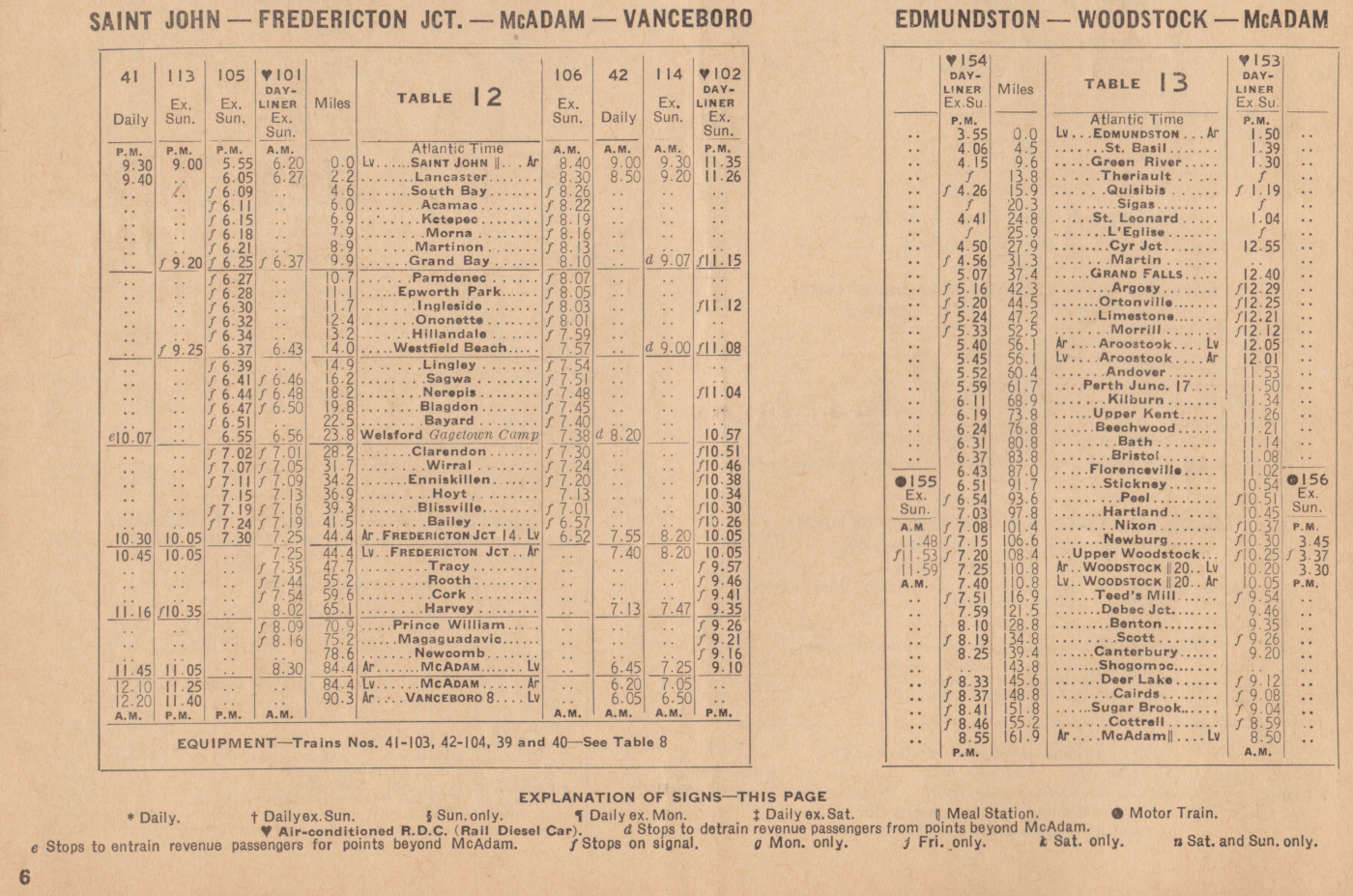Here are 4 photos from part of a collection I bought a decade or so ago. Each is glued to a 5x8 inch card which includes any known details about the subject, its location, the date and photographer. The collector seemed to be quite organized: rubber stamping those field names ... a pen filled in the details (if they were known).
Before the internet, when people had to purchase railway images they wanted to collect, from a collector or photographer, in person or via the mail ... there would have been quite a commitment made, with money and time, to assemble a collection of good images. Unless the collector had a desire to self-publish a book to share the collection ... the images would just sit in a filing box somewhere ... with perhaps a 50% probability that they would be thrown out by someone else at a much later date.
As photos were generally printed exactly as they had been taken, there seem to be few railway photographs which are actually photographed 'straight' - as if a spirit level had been used to align the camera. Trespassing on railway tracks to get a perfectly level photo was neither a healthy pursuit, nor one encouraged by railway officials. Beyond that, the convexity of lenses used to get a 'wide angle' view of a piece of equipment often interferes with the straightness of details at the edges of many photographs.
... The challenge to retroactively level old photos is compounded by the fact that there has never been (it seems) a single wooden pole in all of Canadian history which spent most of its existence straight. However, signal masts are usually fairly reliable.
Often, one has only a few horizontal or vertical engineered 'lines' on the equipment itself - to use so the 'reworked internet reproduction' might achieve something approaching straightness. Rarely, a flat prairie horizon or a large body of water on the horizon can make this mission so much easier.
After this effort, one must still look at the finished product and wonder if it actually looks properly straight to someone who has not sunk all that time into trying to 'fix' it.
In order that the reader does not feel the straightening and cropping has gone overboard, I sometimes leave the blank white edges of the photo in the image. The Dayliner image in the last photo shows as much detail as possible of the second car - and I have left those 'white triangles' to indicate that there was nothing more to preserve and show from my print.
So when 'photocopying' these photos for the internet, I at least try to get them straight. I also try to correct the exposure so that as many details as possible can be seen - who knows when a particular detail will be historically significant to someone who arrives from the future? While it would be easy to have the software correct the colouring of a photo to 'black and white', perhaps some of the experience of seeing an old image is the observation that it is really old.
But sometimes ... one gets so deep into 'optimizing' the image that the result is arguably no better than the original flawed version. In some cases, the best option for posterity is to abandon the photo fiddling and to just post something very close to the original version.
CPR Dayliner 9102 was photographed at Woodstock, New Brunswick in June 1956. A mail hook can be seen on the next car. The removable Mars light and headlights are not lit. While it may actually be a Gyralite by Pyle National, this was a period of UFO fascination and fear, so please humour my embrace of the historical zeitgeist.
It was relatively late in Canadian railway history that headlights were required to be lit by day. Perhaps this was because a loudly percussive steam locomotive putting out a lot of coal smoke was hard to miss in the daytime. Similarly, someday people will notice with wonderment that autos didn't always have daytime running lights.
Table 13 below comes from the CPR public timetable 25 Sep 1955 to 28 Apr 1956. It seems likely that the photo above is of Train 153 or 154.
I have about 2 shelf-feet of Canadian Trackside Guides. However, I do not have a complete set of this excellent publication. As best I can determine from about 30 minutes of research:
RDC-2 (= combine layout as photographed) 9102 was built in 1951 (or a little later).
It was rebuilt as an RDC-5 (= a CP designation for a full coach conversion from an RDC-2) and renumbered 9300 in 1955.
VIA had it rebuilt as an RDC-1 (= full coach, the standard Budd designation) and numbered 6146.
It was retired by VIA.
... Entering RDC in the search box near the top banner will fill your heart with all the RDC lore and technical data you could ever desire.




